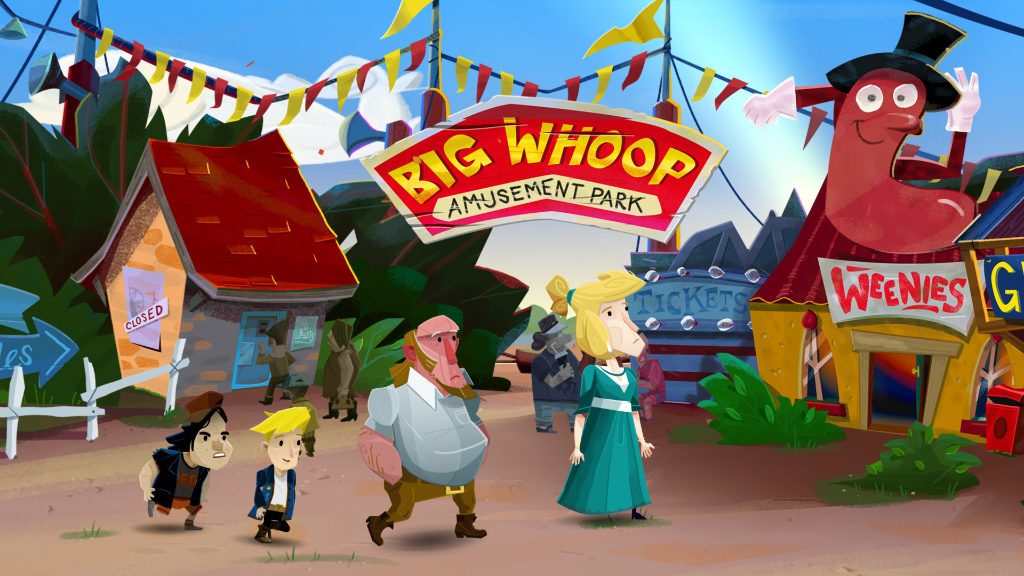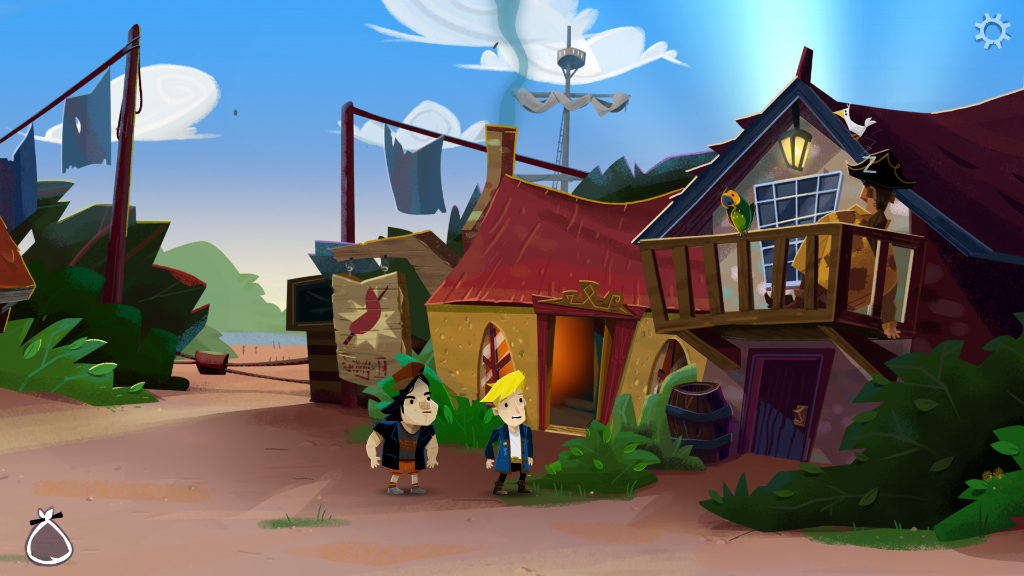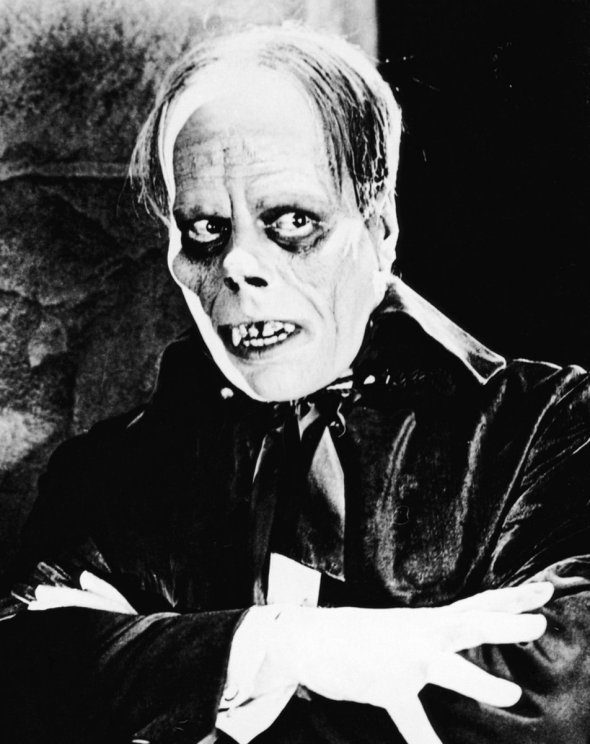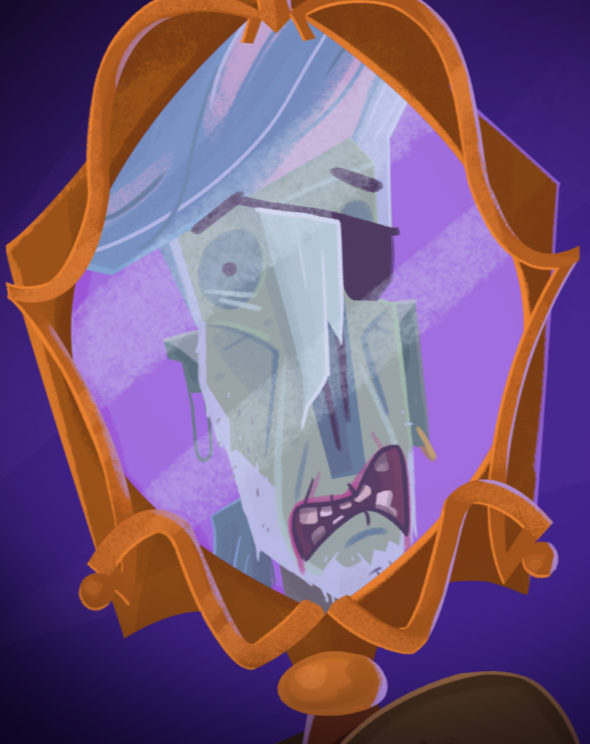Articles
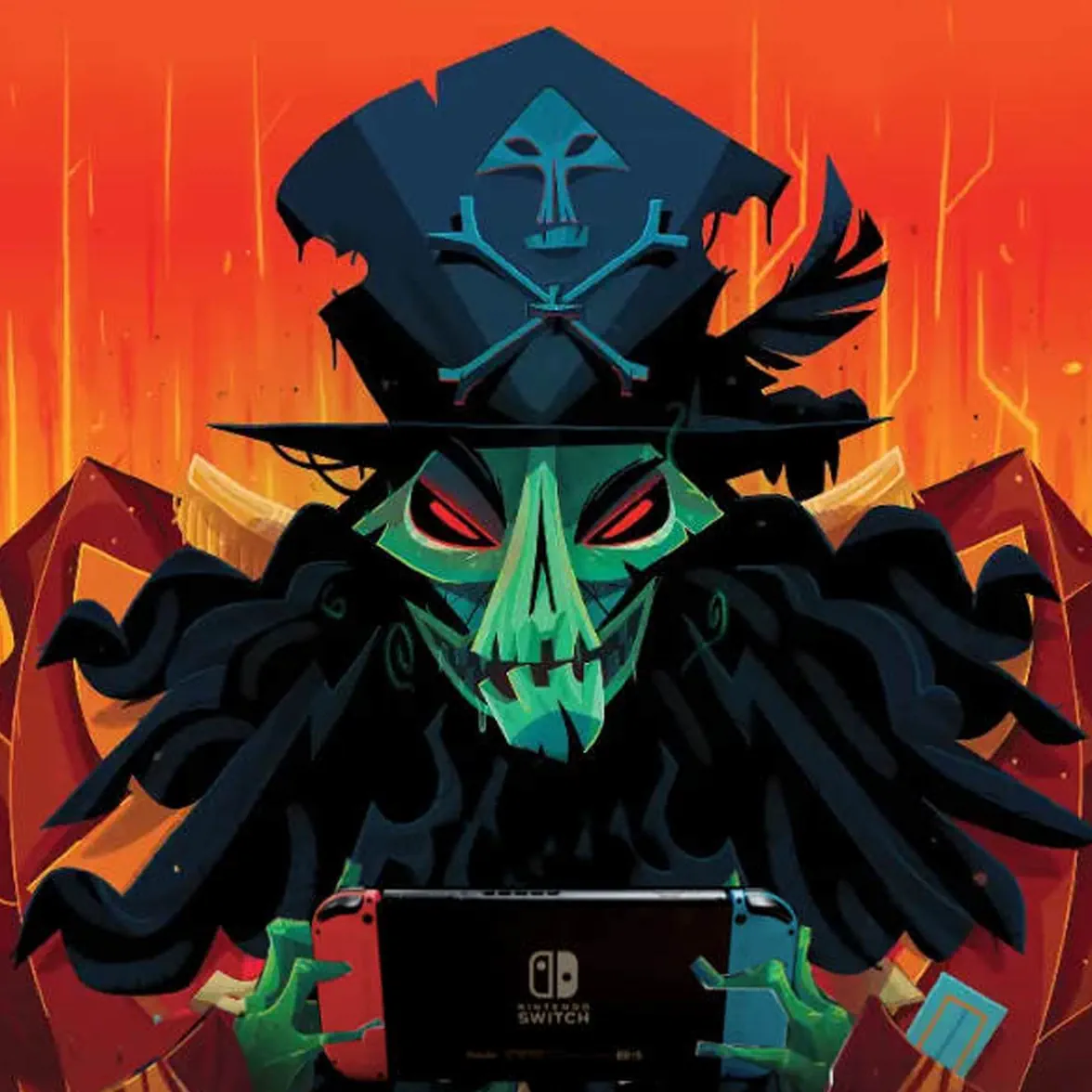
Remi Returns to Return to Monkey Island Old, New, and Everything In Between
Schtick,
we (Footnote: Jason.) said when Ron proclaimed he had decided to make another Monkey Island.
Three days later, on April 6th, we (Footnote: Jason.) were made to look like fools: Return to Monkey Island—ReMI, as coined by elTee’s auto-correct—was official and saw its release on September 21st to near-universal acclaim. Now, seven months later, with dewy-eyed optimism forsaken, I raise the question: Has the game held up? And, spoiler: Yes, it has.
I’m one of those old curmudgeons that always considered the two first Monkey Island games the apex of the series. That’s not to say I denied the subsequent releases were canon—of course they are—and I enjoyed all of them to varying degrees. But, even with that, I did find the later games to be a smidge too cutesy. The original duology certainly had its share of goofiness, but as a whole, other elements balanced that out. Curse, meanwhile, has many things going for it, but the wacky character design is emblematic of a larger dissonance. Feel free to disagree, but to me, Curse through Tales could feel off-tone from the originals. Maybe I’m objectively wrong, but a man can’t deny his feelings.
Having now played through ReMI five times with nostalgia firmly in check, I have arrived where I had hoped I would on that schtick-y April day: The sixth entry in the series ends the Ron/Dave trilogy as well as anyone reasonably could have hoped. The writers have stated numerous times that the game isn’t what they would have made in 1992, and that’s a good thing. Yet, while the game itself is of the present, its essence is that of the original duology. Meta as it may be, it never falls into a post-modern trap of forgetting that Monkey Island is a weird, funny, slightly surreal set of pirate adventures.
As soon as you shed the “parents,” Big Whoop turns into… what? Fantasy? Reality? Does it even matter?
What would and wouldn’t have been part of a hypothetical 1992 Monkey Island 3 can only be speculated on. Boybrush? Unlikely. The literal secret being a t-shirt? Very likely. It doesn’t really matter, and at this point, I’m not sure the original team knows: Ron has stated that his only concrete idea was Guybrush meeting Stan in hell—presumably, the salesman died in that Booty Island coffin. I can’t help but snicker at that possibility, though to Curse’s credit, they took an opportunity and ran with it.
Here in 2023, I see ReMI as a story of growing older and the nostalgia that comes with it. In Stan’s shipyard, Guybrush fondly reminisces about the warmth of the location and Stan himself. The player will, of course, remember what really went down in the first game—an equivalent of a high-pressure used-car grift. Guybrush’s memories are presumably rooted in getting his hands on his first ship. Nostalgia, it is a heck of a thing.
Going down that path, the Mêlée museum is about as literal of a representation of wistfulness as we could get. Both for Guybrush and for us. A lot of perceived fan pandering
is contained to a location that should be from Guybrush’s dream: a shrine dedicated to him and his adventure. Yet, once again, somebody else gets the credit for them—a continuation from LeChuck’s Revenge—and the curator doesn’t even believe Guybrush is the Guybrush. It’s downright Kafkaesque.
Deep-cut references abound: Lon Chaney was the master of makeup and a man of many faces. Not unlike Jon Laney, a literal museum-worthy character (RIP).
While the new pirate leaders—all of whom I’d like to have learned more about—are the on-the-nose example of time moving on, to me, LeChuck is who stands out as the representation. The ever-present antagonist still has it in him to be as evil as he once was, but he, too, has fundamentally changed. His obsession with finding the secret—a relic of his past—has turned him into a bureaucratical nightmare CEO, no longer interested in instilling fear into those who sail the sea. And as Rose tries to guide him back to what he once was, he has gone past wanting to change—beating Guybrush is what drives him.
Though, as is proven when that is brought up, he still has the mean streak in him.
This all is to say that the 2022 version of a Ron/Dave-penned Monkey Island suitably layers nostalgia into a hypothetical 1992 story that couldn’t, at its core, have been miles away from what we got. Different in execution, certainly, but not in their view of what the series is. Times and people change, and what ReMI is from a story perspective is a good mix of old and new and everything in between. And in 2022, that was the right choice.
